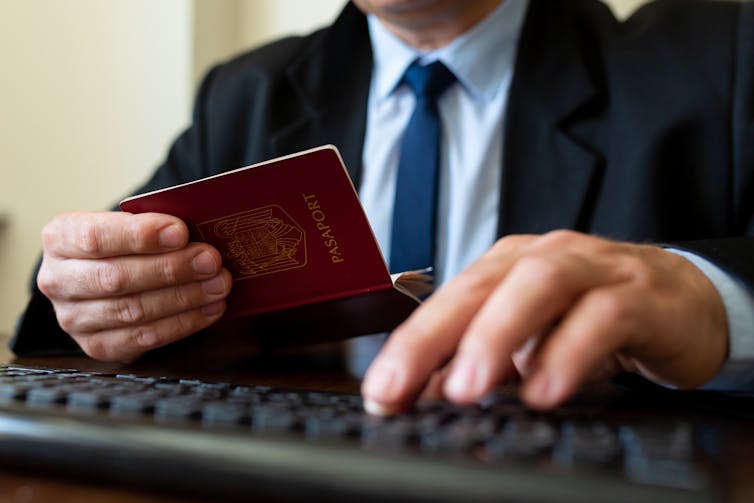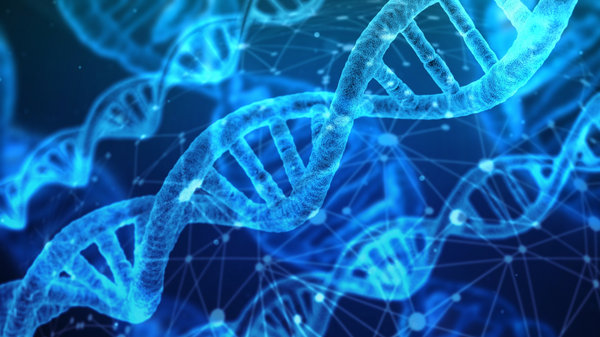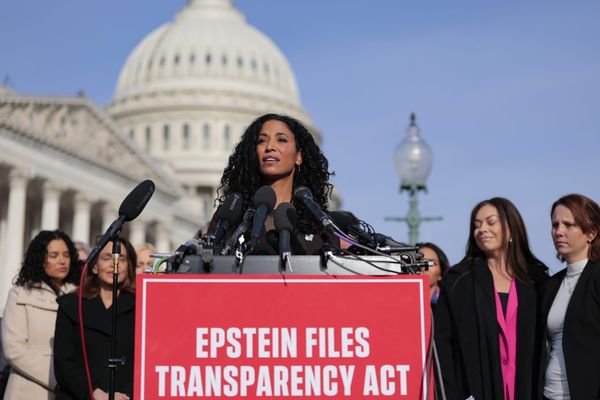The exploitation of tens of thousands of people through modern slavery is a human rights crisis. There are an estimated 130,000 people currently living in modern slavery in the UK alone.
In recent remarks, Home Secretary Suella Braverman said the government’s priority is helping “genuine victims” over those who supposedly lie about being modern slavery victims to gain entry to the UK. This is not new. A focus on finding “genuine” victims has been a central message in anti-trafficking policy for well over 150 years – and it has serious implications.
Many survivors of trafficking and enslavement are forced into criminal activity or enter the UK without documentation as part of their exploitation. Rather than receiving support, they are treated as criminals first and victims second because they do not fit the image of an innocent, “genuine” victim.
The new Nationality and Borders Act has been criticised by survivors, charities, academics and former independent anti-trafficking commissioner Dame Sara Thornton for this exact reason.
The law prioritises deterring irregular immigration over safeguarding trafficking victims, which could deter those who have entered the country without documentation from coming forward for fear of punishment.
The UK government is now considering reforms to the Modern Slavery Act and pulling out of the European Convention on Human Rights altogether. This repeats a pattern of tackling modern slavery by criminalising victims and restricting their rights. The logic driving these decisions is a false dichotomy between “genuine victims” and “criminal abusers”.
Yet of the 12,665 cases reviewed in 2021, the Home Office positively identified 90% of claimants as suspected victims of modern slavery or trafficking. This means victims are granted the possibility of further review for 45 days of state support and legal assistance.
In other words, nine in ten people referred to identification schemes are likely victims. This figure could be even higher for 2022.
This shows that these channels are being used appropriately, but the message from government ministers says otherwise. Both Braverman and her predecessor Priti Patel have claimed without evidence that there is rampant abuse of the modern slavery reporting system.
Victims of ‘white slavery’
The attitudes and policies of today have their roots in 19th-century social campaigns against “white slavery”. This term was used to describe the forced sexual exploitation of women by “foreign” men.
Most of what we know about the lives of white slavery victims comes not from their own writings, but from political representations, police reports and the records of anti-white slavery advocates.
These women were portrayed as “ideal victims”, helpless virgins who were abused by unknown men. They were usually depicted as young, Anglo-Saxon or Jewish women forced into commercial sexual exploitation. It was unlikely that men, sex workers or anyone who fell outside of this narrative were recorded as victims of white slavery.
The National Vigilance Association (NVA), an English moral reform group founded in 1885, was prominent in the fight against white slavery. It provided housing and work to dozens of victims a year, and also advocated reform of British law on commercial sexual exploitation.
Its annual reports, available at the British Library, present these women as victims who need rescuing. Yet their archives also reveal instances of women refusing help from the NVA or running away from their homes.
Far from being the compliant, “genuine” victim imagined, the instances where survivors rejected NVA assistance show a range of experiences and desires. Victims are no monolithic group.
As opposed to labouring in the NVA laundry house, it is possible that some women preferred to risk earning income on their own terms, through sex work, theatre, or other forms of labour the NVA saw as immoral. These archives show us that victimhood in trafficking has always been complex. Often, the people the NVA helped were not the innocent and respectable victims the organisation publicly presented through their reports. Yet, this image inspired a legal framework that persists today.
As a crime, white slavery went on to be known as “the traffic in women and children” within the League of Nations. By 1949, the UN recognised the crime of severe exploitation as “traffic in persons”. From there trafficking was reworked into the 2000 Palermo Protocol and the UK’s 2015 Modern Slavery Act.
Throughout, the concept of the “ideal victim” has been beneath the surface of these laws, for instance in the description “women and children”, and has been invoked repeatedly when it benefits a political message.

The ‘ideal victim’ lives on
When Theresa May introduced 2016 Modern Slavery Act while home secretary, she presented it as brand new legislation making the UK a global leader in the fight against trafficking. While it did introduce cutting-edge policy, such as mandating businesses investigate corporate supply chains, this was not the entire story. Aspects of the ideal victim trope linger and have become more salient today as the government amends the law.
It was reported in November that a “white list” of countries may be forthcoming. This echoes a New Labour strategy where asylum seekers from certain countries were fast-tracked for removal, but the new policy could also remove their the right of appeal.
The new laws and policies only make sense when stratifying victims with broad strokes into worthy or unworthy categories, which is impossible when dealing with a complex issue like trafficking. Restricting safe passages for asylum seekers and trafficking victims also leads to deadlier outcomes, like the four who lost their lives recently attempting to cross English Channel.
The search for “genuine” victims obscures the complex reality many people experience as trafficking and modern slavery survivors. The UK must move away from anti-trafficking policy that places people into hierarchies of victimhood, which it has been doing since the 1800s. It’s time for a new strategy that recognises diversity in victimhood.
Anna Forringer-Beal does not work for, consult, own shares in or receive funding from any company or organisation that would benefit from this article, and has disclosed no relevant affiliations beyond their academic appointment.
This article was originally published on The Conversation. Read the original article.







